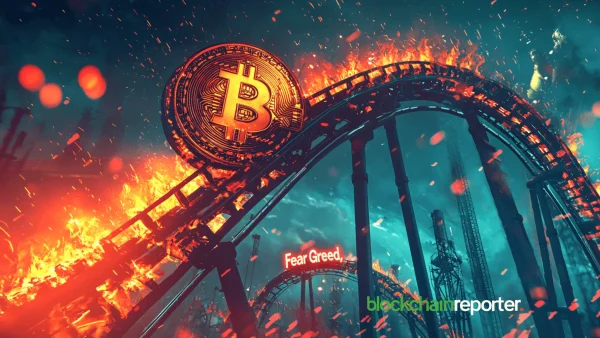
Bitcoin traders have adjusted their sentiment from a status of greed to a neutral mentality, according to data posted today by market analyst Ali Martinez.
The asset’s Index currently hovers at 53 from a recent high of 65. This decrease indicates a change from a robust greed mentality to a more neutral attitude, highlighting heightened cautiousness among investors amid recent turbulence.
Neutral Signs for Correction?
The index decrease shows a rising cautiousness among Bitcoin traders, which could pave the way for a correction phase or heightened fluctuations. The index is commonly utilized to evaluate whether market situations are oversold or overbought by assessing emotional intensity. The current value at 53 means that investors are neither excessively confident nor negative, developing a relatively balanced (stable) trading environment.
The index shows how various market forces impact investor sentiment. Heightened fluctuations often trigger fear and cause the index to move downwards. On the other hand, surging trading volume during price increases normally bolsters greed. Furthermore, sentiment in social media also plays an important function, as positive comments cause the index to rise.
Market Insights and the Significance of Monitoring Index
With the index currently standing at 53, dropping to the neutral region, some traders consider this zone an indicator of uncertainty. Ali, a prominent analyst, pointed out that the neutral mentality is a phase of hesitation when some traders could be prompted to sell in panic.
According to Ali’s insights, in practice, experienced Bitcoin traders utilize this metric as a contrarian indicator. When the index is at the current neutral level, experienced traders don’t invest at this moment. They would rather remain patient, waiting for fear to return.
Historical data indicates that perfect buying opportunities normally happen when the market is in the state of extreme panic, not when investor attitude is stable, like in the current ‘neutral’ state. In other words, experienced investors buy when prices are undervalued during extreme fear (during market downturns).
The drop in the index highlights the significance of sentiment signals in maneuvering the turbulent market. As investors react to shifting conditions, instruments (like this index) and analysts’ insights can help spot changes in market behaviour and enhance decision-making.










